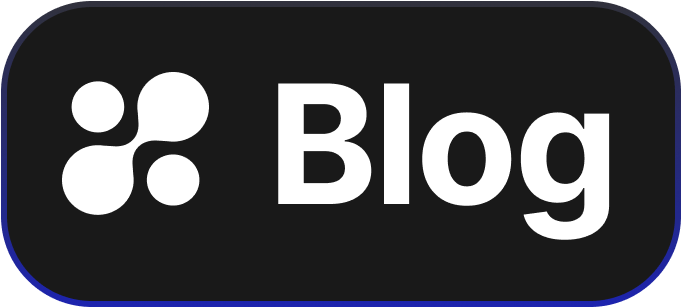Mastering Security Zones: Understanding the Demilitarized Zone (DMZ) for Technology Managers
Security is a constant concern for technology managers overseeing their company’s IT infrastructure. One crucial concept they grapple with is the security zone known as the Demilitarized Zone (DMZ). Let's break down what a DMZ is, why it matters, and how it can protect your company from threats.
What is a Demilitarized Zone (DMZ)?
A Demilitarized Zone, or DMZ, is a separate network segment that adds an extra layer of security between an internal network and the outside world, usually the Internet. By positioning a DMZ, companies can expose their external-facing services, like web servers, while keeping the internal network safe from potential attackers.
Why is a DMZ Important?
A DMZ is important because it allows companies to provide public access to certain services while still protecting their private internal network. It acts as a buffer zone, reducing the risk of cyber threats infiltrating sensitive areas.
Implementing a DMZ can prevent unauthorized access to critical company information, maintaining data integrity and confidentiality. By using a DMZ, technology managers can ensure their organization’s online operations are secure.
Setting Up a DMZ: Best Practices
Setting up a DMZ involves careful planning and the correct configuration of firewalls and network devices. Here are some best practices to consider:
- Use Two Firewalls: Position one firewall between the internet and the DMZ, and another between the DMZ and the internal network. This dual-layer increases security and controls traffic effectively.
- Limit and Monitor Access: Only allow necessary traffic into the DMZ. Regularly monitor logs and access, keeping an eye out for unusual activity.
- Regular Updates: Ensure all systems within the DMZ are up-to-date with the latest security patches. This reduces the risk of vulnerabilities.
- Separate Physical Equipment: Whenever possible, use separate physical hardware for DMZ systems rather than virtualizing to minimize risk of exposure.
Enhancing Security with Hoop.dev
To keep your network secure with minimal hassle, consider using tools like Hoop.dev. Hoop.dev streamlines the process of setting up and managing advanced security zones like DMZs. With Hoop.dev, you can see your security solution live in minutes, ensuring peace of mind with robust, field-tested protection strategies.
Conclusion
Understanding and managing a Demilitarized Zone is vital for any technology manager aiming to protect their company’s digital assets. Implementing a DMZ can significantly bolster your security posture by adding barriers and controls between potentially risky external access and your crucial internal networks. Take the next step towards a more secure IT environment by seeing how Hoop.dev can enhance your network defenses swiftly and effectively.
